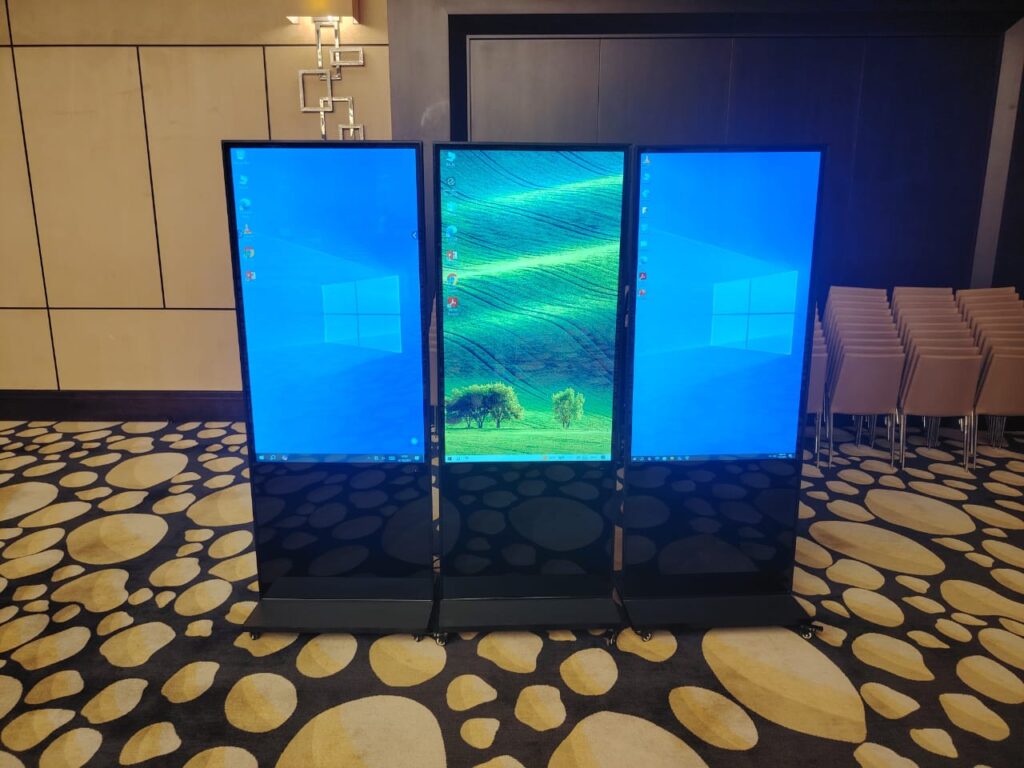The dining industry is undergoing a remarkable transformation as technology continues to shape how customers engage with restaurants, cafés, and hospitality spaces. From online reservations to contactless payments, digital solutions are changing every touchpoint of the food service journey. Among these innovations, touch screens are emerging as a game-changer, particularly in the area of digital menus. The question many are asking is whether touch screens will eventually replace traditional paper menus entirely.
The Rise of Digital Dining Experiences
Over the past decade, restaurants have been gradually adopting digital technologies to enhance customer experience. The COVID-19 pandemic further accelerated this transition, as hygiene and minimal contact became top priorities. Touch screen menus allow customers to browse, customize, and order with a simple tap. For many diners, this creates a sense of control and personalization, while also reducing the wait for service.
Digital menus powered by touch screens go beyond just listing dishes. They can display vivid images, nutritional information, dietary filters, and even suggest complementary pairings. Compared to traditional menus, which are static and limited, touch screens offer a dynamic experience that can easily be updated to reflect seasonal specials or real-time availability.
Benefits for Restaurants
For restaurant owners and managers, touch screen menus present numerous advantages. Firstly, they eliminate the recurring cost of reprinting menus whenever prices change or new items are introduced. Instead, a quick update to the system ensures consistency across all screens. Secondly, touch screen menus can collect valuable data on customer behaviour. Restaurants can track which items are frequently browsed, how long diners spend deciding, and which upselling suggestions lead to successful orders.
Operational efficiency also improves. With orders sent directly from the screen to the kitchen, the chances of human error are minimized. This streamlining not only saves time but also enhances accuracy, ensuring that customers get exactly what they ordered. In fast-paced environments such as food courts or quick-service restaurants, this efficiency can be a major differentiator.
The Customer’s Perspective
From the customer’s side, touch screen menus enhance both convenience and satisfaction. They reduce the dependency on staff for basic ordering tasks, which can be especially useful during peak hours. Diners can take their time to explore options without feeling rushed. For international travellers, language barriers can be overcome through multilingual menu settings. Visual elements like high-quality food photos further assist in decision-making, creating a more engaging dining journey.
However, not all customers are equally enthusiastic. Some prefer human interaction and enjoy asking waitstaff for recommendations. For older demographics, the transition to digital menus may feel intimidating. This highlights the need for restaurants to balance innovation with inclusivity, ensuring that both tech-savvy and traditional diners feel comfortable.
Challenges and Considerations
While the advantages of touch screen menus are significant, challenges remain. Initial installation costs, system maintenance, and staff training can be considerable investments for smaller businesses. There are also concerns about hygiene, as multiple diners touch the same screen. Regular sanitization and the integration of antimicrobial screen surfaces are essential to address these concerns.
Another consideration is reliability. A malfunctioning screen during peak dining hours could disrupt operations and frustrate customers. To avoid this, restaurants must ensure they partner with reliable technology providers and have backup systems in place.
Global Adoption Trends
Globally, many restaurant chains and hospitality groups have already embraced touch screen menus. Fast-food giants have installed self-service kiosks in outlets worldwide, while upscale restaurants use tablets at tables to offer a premium digital experience. In regions such as the Middle East, including the UAE, the adoption of interactive dining technologies is growing rapidly, driven by customer demand for modern and efficient service. Businesses exploring Touch Screen Rental solutions are discovering that short-term rentals allow them to test and implement digital menus without committing to large upfront investments.
The Future of Dining Menus
The future of dining is likely to be hybrid. While touch screens will become increasingly common, traditional menus may not vanish completely. Instead, they may coexist as a backup option for guests who prefer the old-fashioned approach. What’s clear, however, is that touch screens will play a central role in shaping how customers interact with dining spaces in the years to come.
Restaurants that adopt this technology today are positioning themselves as forward-thinking brands. They are also meeting evolving customer expectations for speed, personalization, and digital engagement.
Conclusion
Touch screens are no longer a futuristic concept but an essential tool for modern restaurants. From efficiency to personalization, they bring clear advantages over traditional menus. At the same time, their successful implementation requires thoughtful planning, customer inclusivity, and reliable technology partners. For businesses looking to explore digital dining solutions without major investments, Touch Screen Rental options provide a cost-effective and flexible pathway.
My Device Star Technologies LLC specializes in delivering high-quality touch screen solutions tailored to restaurants, hotels, and events across the UAE. With expertise in Touch Screen Hire UAE, the company helps dining businesses embrace innovation, improve customer experiences, and stay ahead in a highly competitive market.



